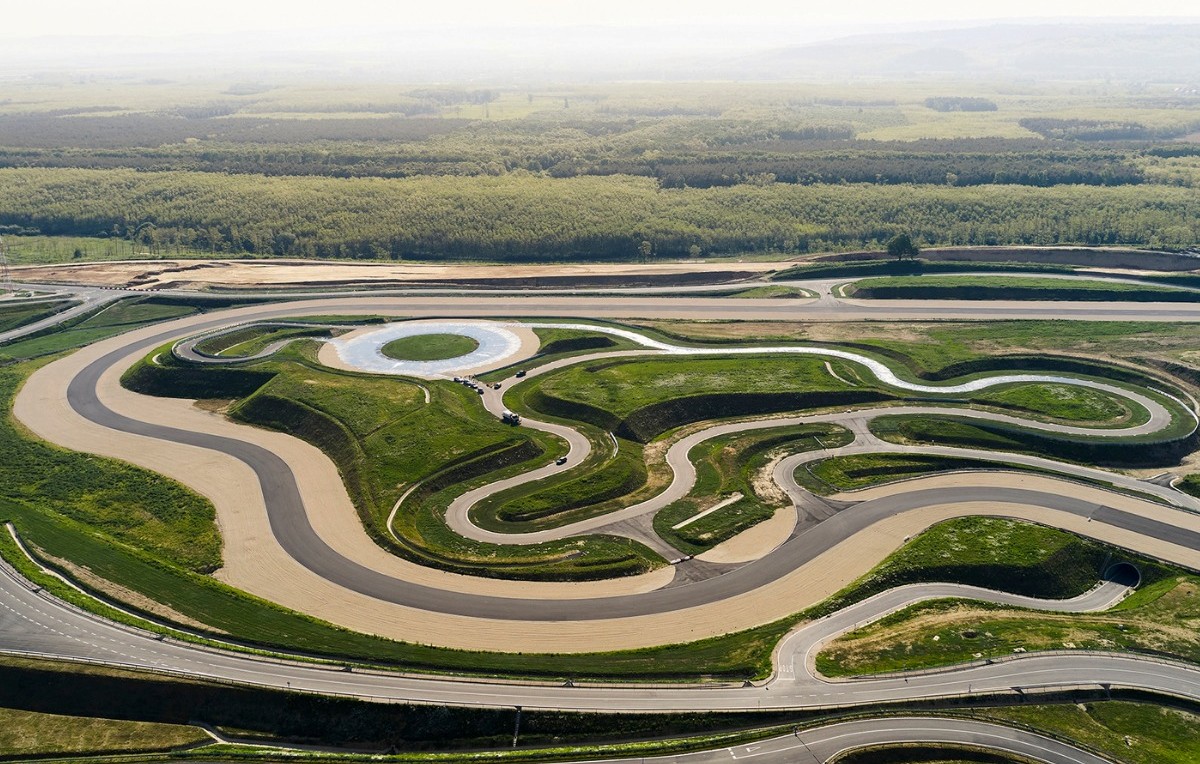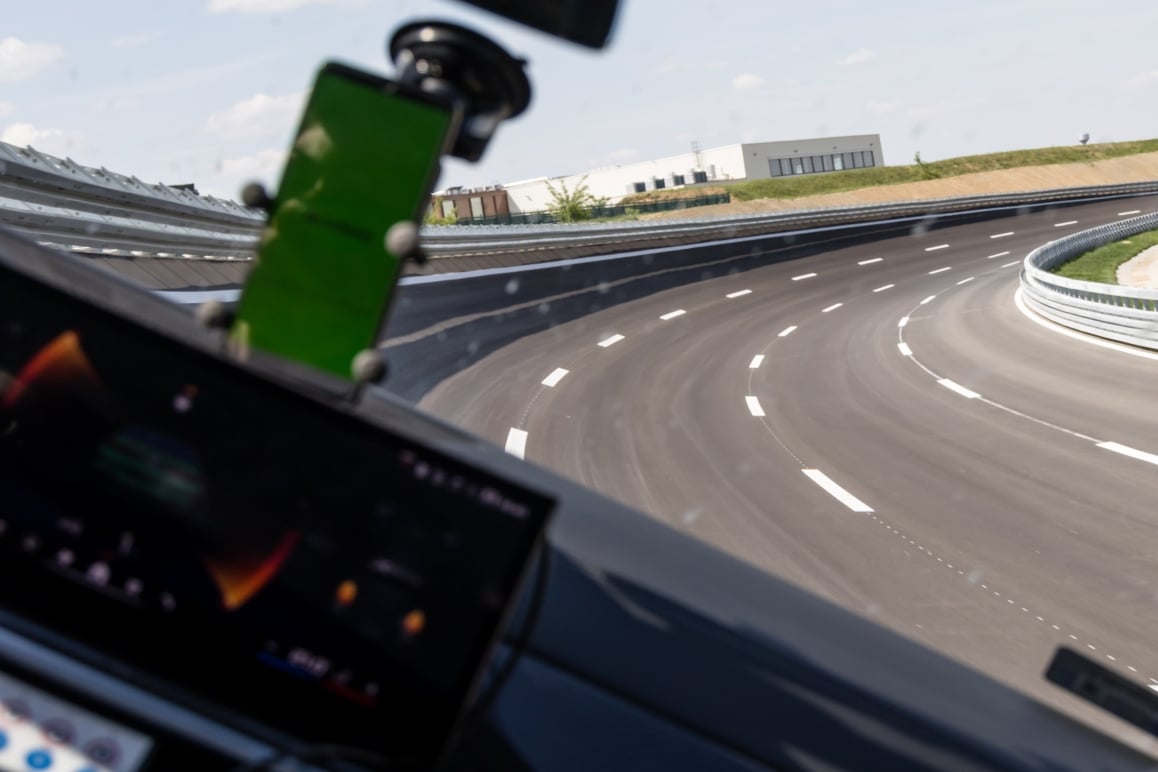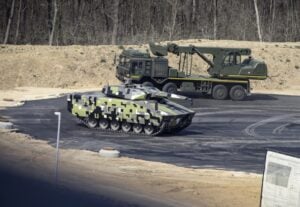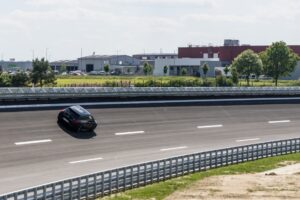
The meeting of the representatives focused on innovative opportunities and future cooperation.Continue reading

The ZalaZONE automotive test track in Zalaegerszeg opened its newest track element on Wednesday: a 4.45-kilometer high-speed oval (oval track) that allows speeds of up to 250 kilometers per hour. This new facility is intended to give a significant boost to testing opportunities for the international automotive industry.
The State Secretary for Transport, Bálint Nagy, emphasized the importance of the automotive industry for the Hungarian economy and recalled the presence of global manufacturers such as Audi, BMW, Mercedes, Suzuki, and BYD in the country. In order to ensure Hungary’s future competitiveness in this sector, a strong focus on innovation and research and development is essential in addition to production. The government’s decision in 2016 to build the test site in Zalaegerszeg was therefore a strategic step, he emphasized.
With the new high-speed oval, the Zalaegerszeg complex will now occupy a leading position in Europe,
said Bálint Nagy.
László Palkovics, Government Commissioner for Artificial Intelligence and Managing Director of the operating company, explained that the construction of the test site with the new high-speed track is not yet complete. The dynamic development of the automotive industry and new technologies require continuous further development. The increasing use of the proving ground, whose customer base already includes over 50 companies, is encouraging.
The aim is to increase this number to 100 and to gain customers from China, Japan, South Korea, and Türkiye in addition to European partners, he explained.

Lynx IFVs are also tested at the ZalaZone test track. File Photo: MTI/Miniszterelnöki Sajtóiroda/Fischer Zoltán
Palkovics emphasized that Hungary has invested more in automotive research and development in relation to GDP than many of its neighboring countries in recent years. The western Hungarian city of Zalaegerszeg plays a central role in this, as some companies have settled there simply because of the testing facilities. The site is currently operated jointly with the Austrian company AVL, whereby it functions as part of a comprehensive innovation ecosystem.
In addition to the automotive industry, other sectors are also benefiting from the location, according to the government representative. For example, Rheinmetall’s ultra-modern Infantry Fighting Vehicle plant has been built there and a Flextronics plant for BMW will soon be put into operation. In addition, a Bosch research unit with 250 employees is already active, he recalled.
József Bokor, full member of the Hungarian Academy of Sciences (MTA), emphasized the long tradition of automotive research in Hungary, to which not only the MTA but also important universities and research institutions contribute. Thanks to its advanced infrastructure, the ZalaZONE facility plays an important role in the validation of intelligent traffic management systems.

Photo: MTI/Katona Tibor
Fidesz MP László Vigh recalled that an area of 265 hectares has been created for testing electric and autonomous vehicles, which could be described as the “Silicon Valley of the automotive industry.”
The new 4.5-kilometer high-speed oval is a combination of German precision and Hungarian innovation, making it a unique facility in Europe.
A bill to establish the ZalaZONE Foundation has been introduced by Deputy Prime Minister Zsolt Semjén, reports Világgazdaság. The government considers the institution, which costs over 70 billion forints (174 million euros), to be a center of national and international importance. The aim of the foundation is to drive forward the further development of the test site and intensify cooperation with universities, research institutions, and companies in order to establish Hungary as a leading location for automotive innovations and artificial intelligence.

The meeting of the representatives focused on innovative opportunities and future cooperation.Continue reading
Featured Image: MTI/Katona Tibor
Array
(
[1536x1536] => Array
(
[width] => 1536
[height] => 1536
[crop] =>
)
[2048x2048] => Array
(
[width] => 2048
[height] => 2048
[crop] =>
)
)